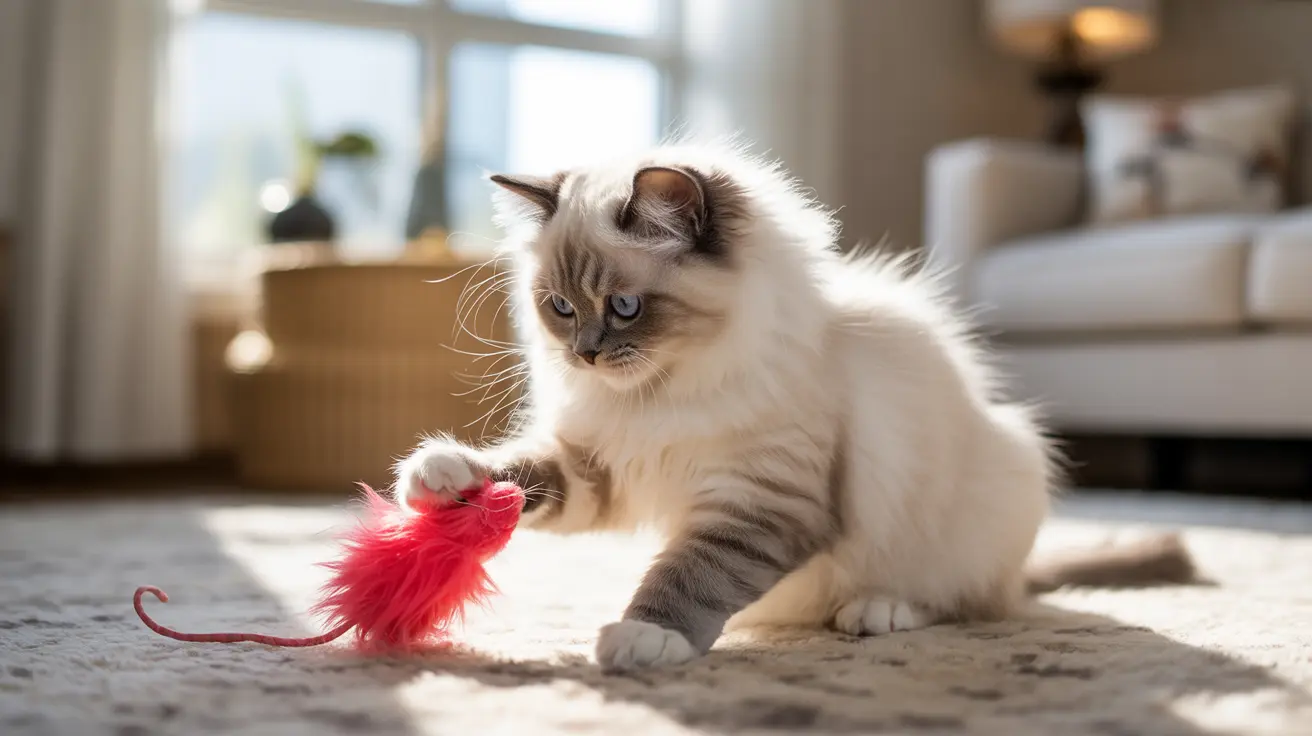Catnip is a fascinating herb that can transform your feline friend's playtime into an exciting and relaxing experience. However, many cat owners find themselves wondering about the right frequency and amount of catnip to offer their furry companions. Understanding the nuanced world of catnip administration is crucial for maintaining your cat's health and enjoyment.
This guide will explore the ins and outs of catnip usage, helping you provide the perfect balance of this delightful botanical treat for your feline friend.
Understanding Catnip and Feline Sensitivity
Catnip is more than just a recreational herb for cats – it's a complex botanical that triggers a unique neurological response. Interestingly, not all cats are affected by catnip. Approximately 20-30% of cats lack the genetic predisposition to react to the herb's active compound, nepetalactone.
How Catnip Works on Cats
When cats smell nepetalactone, they experience an almost immediate reaction. The herb can induce a euphoric state, typically lasting about 10-15 minutes. Some cats become playful and energetic, while others may become more relaxed and calm.
Recommended Catnip Frequency
To maintain catnip's effectiveness and prevent desensitization, experts recommend a strategic approach to administration:
- Limit catnip sessions to 2-3 times per week
- Allow 1-2 hours between exposures to prevent olfactory fatigue
- Consider offering catnip once every two to three weeks for maximum impact
Proper Catnip Dosage and Administration
When introducing catnip, start small and observe your cat's reaction. A pinch of dried catnip or a single catnip treat is typically sufficient. You can sprinkle it on a toy, scratching post, or dedicated play area.
While catnip is generally safe, moderation is key. Excessive consumption can lead to digestive issues like diarrhea or vomiting. Most cats will naturally limit their intake, but supervision is always recommended.
Potential Risks and Considerations
Not all cats will respond to catnip, and some may exhibit different behaviors. Some cats might become overstimulated or even frustrated with repeated exposure. It's essential to use catnip as an occasional treat, not a substitute for regular play, exercise, or affection.
Tips for Safe Catnip Use
- Always supervise your cat during catnip play
- Store catnip in an airtight container to maintain potency
- Watch for individual reactions and adjust frequency accordingly
- Discontinue use if your cat shows signs of stress or discomfort
Frequently Asked Questions
How often can I safely give my cat catnip without reducing its effectiveness?
2-3 times per week is generally recommended, with breaks between sessions to maintain sensitivity.
What is the right amount of catnip to give to my cat for optimal enjoyment?
Start with a small pinch or single treat, observing your cat's reaction and individual tolerance.
Why do some cats not react to catnip at all?
Approximately 20-30% of cats lack the genetic trait that makes them responsive to nepetalactone.
Can cats eat catnip, and are there any potential health risks to consider?
Cats can consume small amounts of catnip safely, but excessive intake may cause digestive upset.
How do I properly introduce catnip to my cat to ensure a positive experience?
Start with a small amount, choose a calm environment, and supervise your cat's interaction with the herb.
By understanding and respecting your cat's unique relationship with catnip, you can provide a fun, enriching experience that enhances their playtime and overall well-being.






